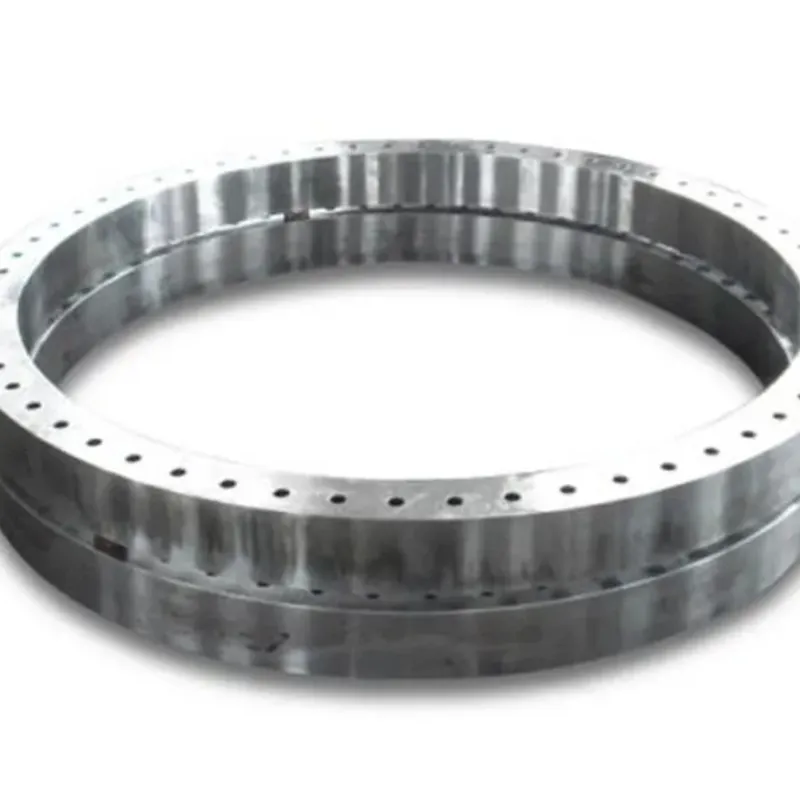-
Cangzhou Yulong Steel Co., Ltd.
-
Phone:
+86 13303177267 -
Email:
admin@ylsteelfittings.com
- English
- Arabic
- Italian
- Spanish
- Portuguese
- German
- kazakh
- Persian
- Greek
- French
- Russian
- Polish
- Thai
- Indonesian
- Vietnamese
- Zulu
- Korean
- Uzbek
- Hindi
- Serbian
- Malay
- Ukrainian
- Gujarati
- Haitian Creole
- hausa
- hawaiian
- Hebrew
- Miao
- Hungarian
- Icelandic
- igbo
- irish
- Japanese
- Javanese
- Kannada
- Khmer
- Rwandese
- Afrikaans
- Albanian
- Amharic
- Armenian
- Azerbaijani
- Basque
- Belarusian
- Bengali
- Bosnian
- Bulgarian
- Catalan
- Cebuano
- China
- China (Taiwan)
- Corsican
- Croatian
- Czech
- Danish
- Esperanto
- Estonian
- Finnish
- Frisian
- Galician
- Georgian
- Kurdish
- Kyrgyz
- Lao
- Latin
- Latvian
- Lithuanian
- Luxembourgish
- Macedonian
- Malgashi
- Malayalam
- Maltese
- Maori
- Marathi
- Mongolian
- Myanmar
- Nepali
- Norwegian
- Norwegian
- Occitan
- Pashto
- Dutch
- Punjabi
- Romanian
- Samoan
- Scottish Gaelic
- Sesotho
- Shona
- Sindhi
- Sinhala
- Slovak
- Slovenian
- Somali
- Sundanese
- Swahili
- Swedish
- Tagalog
- Tajik
- Tamil
- Tatar
- Telugu
- Turkish
- Turkmen
- Urdu
- Uighur
- Welsh
- Bantu
- Yiddish
- Yoruba

Dec . 23, 2024 04:22 Back to list
42-inch Pipe Cap for Durable and Reliable Pipeline Sealing Solutions
Understanding 42-Inch Pipe Caps Essential Components in Pipeline Systems
In the world of construction and industrial applications, few components are as critical as pipe caps. These fittings play a vital role in the maintenance and functionality of pipelines, particularly for larger diameters like the 42-inch pipe cap. Understanding the importance, types, materials, and applications of such a component provides insight into its key role in various industries.
What is a Pipe Cap?
A pipe cap is a type of fitting used to seal the end of a pipe. Its primary purpose is to prevent the ingress of contaminants, such as dirt, water, and other substances, into the pipe system. Additionally, pipe caps help in maintaining pressure within the pipeline and can be essential for managing the flow of materials transported through the pipes.
Importance of 42-Inch Pipe Caps
The 42-inch pipe cap is particularly significant in large-scale industrial applications, including oil and gas transportation, water supply, and wastewater management. The dimensions of the cap are critical, as they ensure compatibility with the pipes in use, which can either be carbon steel or other materials designed to withstand high pressure and temperature. A properly fitted cap is crucial for systems that require strict adherence to pressure and flow regulations.
Materials Used for Pipe Caps
Pipe caps are manufactured from various materials based on the application and environmental conditions they will face. Common materials include
1. Carbon Steel Often used in high-pressure applications, carbon steel caps are durable and economical.
2. Stainless Steel Known for its corrosion resistance, stainless steel is ideal for applications involving water or aggressive chemicals.
3. PVC and CPVC These plastic materials are favored in certain environments due to their resistance to corrosion and lower weight, making them easy to handle.
4. Ductile Iron Often used for larger pipe fittings, ductile iron caps provide excellent resilience and strength.
The choice of material can significantly impact the performance and longevity of the cap, as it should withstand the specific environmental conditions encountered in its designated application.
42 inch pipe cap

Types of Pipe Caps
Pipe caps come in various designs to suit different needs. Key types include
1. Standard Caps These are straightforward, providing a simple seal at the end of a pipe.
2. Reducing Caps Used for transitions between different pipe sizes, these caps allow for changing diameters.
3. Threaded Caps Featuring internal threads, these caps can be easily screwed onto the pipe end for a secure fit.
4. Welded Caps Designed for high-strength applications, these caps are welded onto the pipe ends to create a robust and leak-proof seal.
Each type offers distinct advantages and should be selected based on the specific requirements of the project.
Applications of 42-Inch Pipe Caps
42-inch pipe caps are commonly found in various sectors. In the oil and gas industry, they are used to terminate pipes safely and securely. In wastewater management, these caps help prevent leakage and maintain system integrity. In municipal water supply systems, these caps ensure water isn’t contaminated, thus maintaining public health standards.
Moreover, industries that deal with heavy machinery or require robust piping systems often use larger caps like the 42-inch variant to ensure safe and effective operation.
Conclusion
In summary, the 42-inch pipe cap is an essential component in many industrial applications. Understanding its purpose, materials, types, and applications can help engineers and project managers make informed decisions that enhance the safety and efficiency of pipeline systems. By choosing the right cap and ensuring proper installation, industries can avoid costly disruptions and maintain the integrity of their critical systems. As industries continue to evolve, the demand for such crucial components will only grow, highlighting their role in modern infrastructure development.
Latest news
-
ANSI 150P SS304 SO FLANGE
NewsFeb.14,2025
-
ASTM A333GR6 STEEL PIPE
NewsJan.20,2025
-
ANSI B16.5 WELDING NECK FLANGE
NewsJan.15,2026
-
ANSI B16.5 SLIP-ON FLANGE
NewsApr.19,2024
-
SABS 1123 FLANGE
NewsJan.15,2025
-
DIN86044 PLATE FLANGE
NewsApr.19,2024
-
DIN2527 BLIND FLANGE
NewsApr.12,2024
-
JIS B2311 Butt-Welding Fittings LR/SR 45°/90° /180°Seamless/Weld
NewsApr.23,2024











